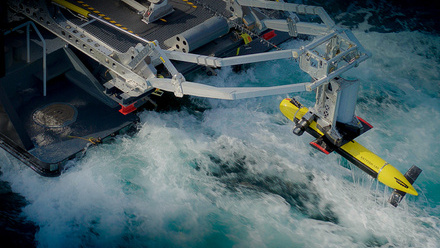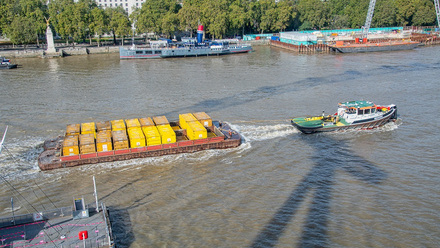Canada wins the 2024 European International Submarine Races
Students from the École de Technologie Supérieure, in Montreal, Quebec, are celebrating their winning engineering skills, having been crowned this year’s European International Submarine Races champions.
The biennial event is organised by the Institute of Marine Engineering, Science and Technology (IMarEST) and is held at global defence and security company QinetiQ’s Ocean Basin at Haslar, near Portsmouth.
Organised by the IMarEST, the Races form part of the Institute’s work to promote the importance of the marine sector and to support the development of young people in the STEM industry.
The unique sporting challenge involves teams of university students using their design and technical skills to invent, build, and race human-powered submarines against the clock, on an underwater slalom course.
The 11 teams – from the UK and all around the world – battle it out for one week in a series of heat events, with winners demonstrating their excellence in engineering design, innovation and underwater sport. This year, the Canadian team also achieved the competition’s fastest speed, clocking up 5.29 knots (approximately 6 miles an hour).
Jonathan Létourneau, Team Captain, Omer from the École de Technologie Supérieure, said: "I am really proud of the team and what we managed to achieve this year; we worked tirelessly all year long and we are really glad it paid off. Participating in the European International Submarine Races is always a challenge, but we learn so much about ourselves during those two weeks that it is worth every second we have put into this project."
Professor William Megill, Race Director, said: “It’s a fantastic competition that encourages and creates a community of students who grow into successful career scientists and engineers. The challenge produces well-trained underwater engineers who know how to keep the water out of their machines and have learned how to work as a team under pressure.”
QinetiQ’s 120 metre Ocean Basin is one of the largest hydrodynamic facilities in the world, holding approximately 40,000 tonnes of water. It is used to test and evaluate vessel design – from surface ships to submarines – in calm water or waves.

Photographs by QinetiQ.






